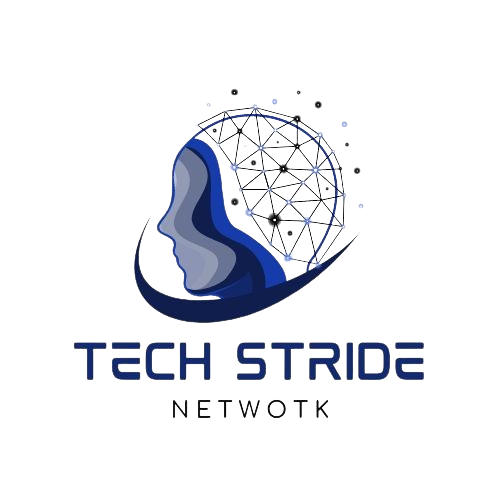Any corporation must have a strong IT Service Management (ITSM) strategy in the fast-paced, digitally-driven commercial world of today. ITSM is more than simply a collection of procedures; it’s a vital framework that makes sure the company can successfully and efficiently provide value to its clients by coordinating IT services with business requirements. A well-implemented ITSM strategy can improve service delivery, reduce costs, and enhance overall business performance. Here’s how you can build a robust ITSM strategy for your organization.
What Is IT Service Management?
All of the tasks associated with planning, developing, delivering, maintaining, and overseeing the lifespan of an IT service are collectively referred to as IT service management. The goal is to ensure that the right processes, people, and technology are in place so that the organization can achieve its business objectives. ITSM is often guided by frameworks like ITIL (Information Technology Infrastructure Library), COBIT (Control Objectives for Information and Related Technologies), and ISO/IEC 20000.
Assessing Your Current State
Before building your ITSM strategy, it’s crucial to understand your current state. Perform an extensive evaluation of the infrastructure, procedures, and IT services you currently have in place. Identify what’s working well and what isn’t. Look at metrics such as service availability, incident response times, and customer satisfaction. This assessment will provide a baseline that you can use to measure the success of your ITSM strategy.
Defining Your Goals
Your ITSM strategy should be aligned with your organization’s overall business goals. Establish quantifiable, precise goals for the outcomes you hope to get with ITSM. These goals might include improving service quality, increasing efficiency, reducing costs, or enhancing customer satisfaction. Make sure these objectives are time-bound, meaningful, quantifiable, achievable, and targeted (SMART).
Choosing The Right Framework
Selecting the appropriate ITSM framework is critical. The most popular framework, ITIL, offers extensive best practices for ITSM. While ISO/IEC 20000 is an international standard for ITSM, COBIT concentrates on the governance and management of enterprise IT. Select a framework that fits the objectives and demands of your company. It’s also possible to choose to use parts of several other frameworks to produce a unique strategy.
Designing Your ITSM Processes
Once you’ve chosen a framework, you need to design your ITSM processes. The full lifespan of IT services, from strategy and design to transition, operation, and continual improvement, should be covered by these procedures. Key processes include:
- Service Strategy: Define your service offerings and how they support business objectives.
- Service Design: Plan and design new services and changes to existing services.
- Service Transition: Manage changes to services and ensure that new or modified services are deployed successfully.
- Service Operation: Deliver and support services to ensure they meet agreed-upon service levels.
- Continual Service Improvement: Continuously assess and improve services and processes.
Implementing The Right Tools
Effective ITSM requires the right tools. Invest in ITSM software that supports your processes and provides functionalities such as incident management, change management, service desk operations, and performance analytics. The right tool will help automate processes, improve efficiency, and provide valuable insights through data and reporting.
Building A Skilled Team
Your ITSM strategy will only be as strong as the team implementing it. Ensure that your IT staff have the necessary skills and knowledge. Provide training on the chosen ITSM framework and tools. Establish KPIs (key performance indicators) that correspond with your objectives. To make sure that IT services satisfy the demands of the entire company, promote cooperation between the IT and other departments.
Monitoring And Measuring Performance
To ensure that your ITSM strategy is effective, you need to monitor and measure performance continuously. Define key performance indicators (KPIs) that align with your goals. Common KPIs include incident resolution times, service availability, change success rate, and customer satisfaction. Use these metrics to identify areas for improvement and to demonstrate the value of ITSM to the organization.
Continuous Improvement
ITSM is a continuous process rather than a one-time endeavor. Examine your ITSM procedures and performance indicators on a regular basis. Get input from interested parties and make changes as necessary. Adopt a continuous improvement mindset to make sure your IT services change to meet the ever-changing demands of your company and the latest innovations in technology.
Conclusion
Building a robust IT Service Management strategy is essential for aligning IT services with business goals and ensuring efficient and effective service delivery. By assessing your current state, defining clear goals, choosing the right framework, designing effective processes, implementing the right tools, building a skilled team, and continuously monitoring and improving performance, you can create a strong ITSM strategy that drives business success.

